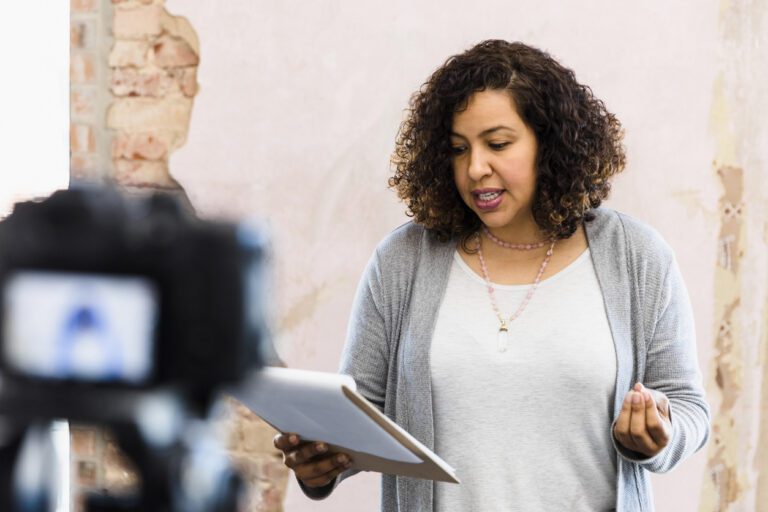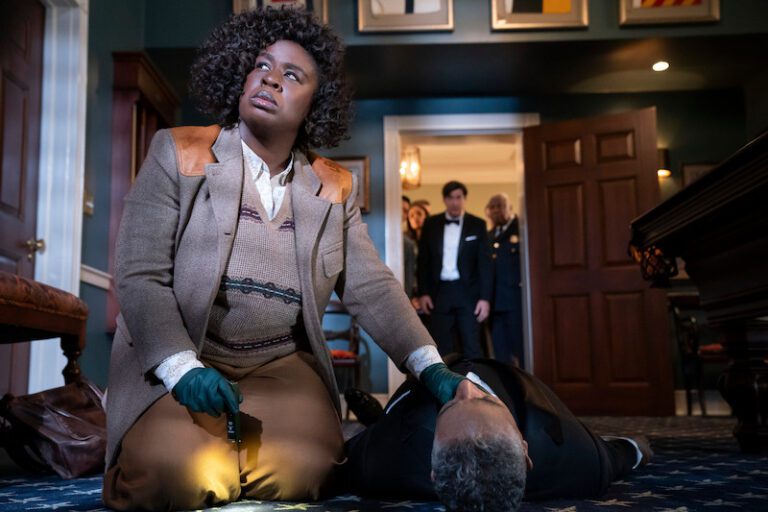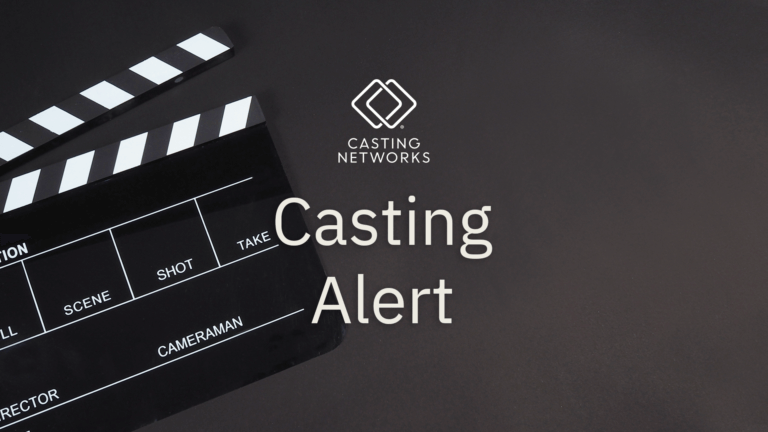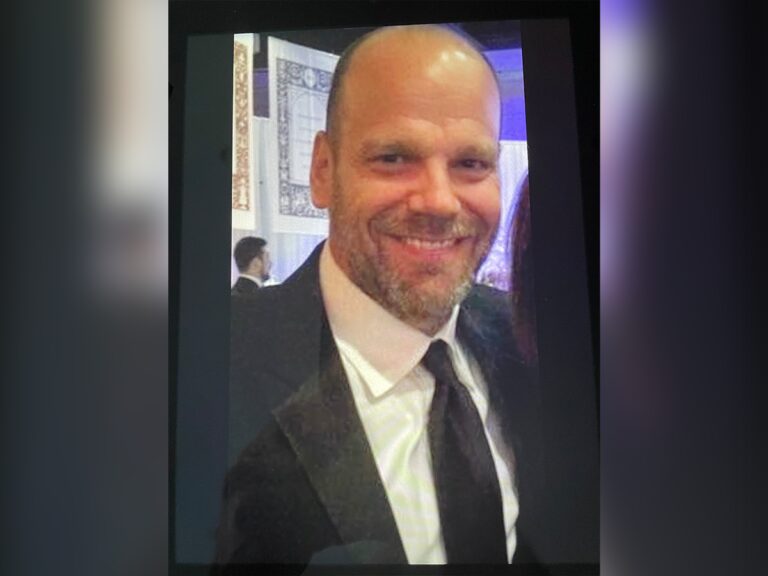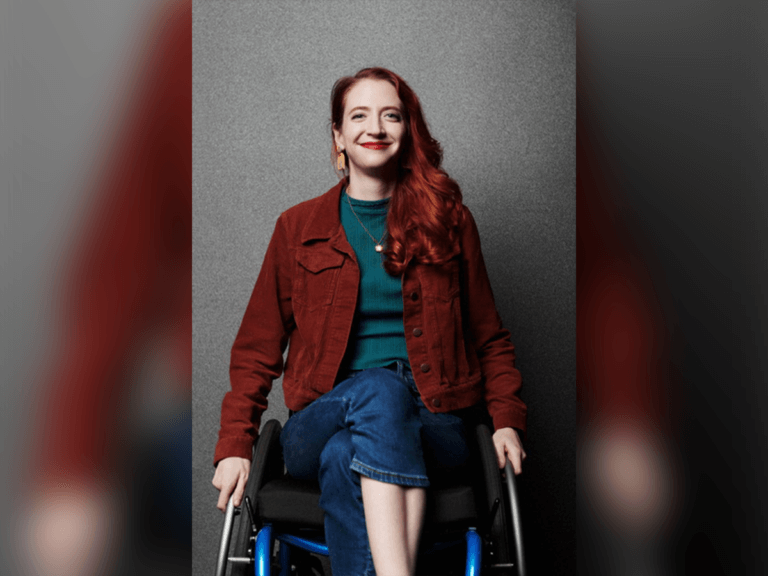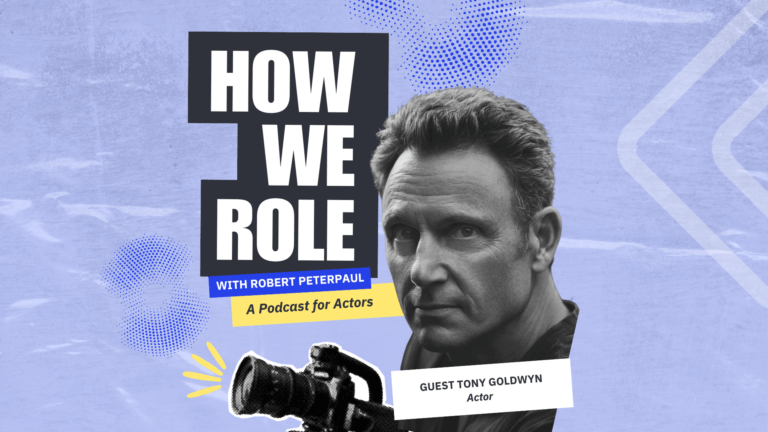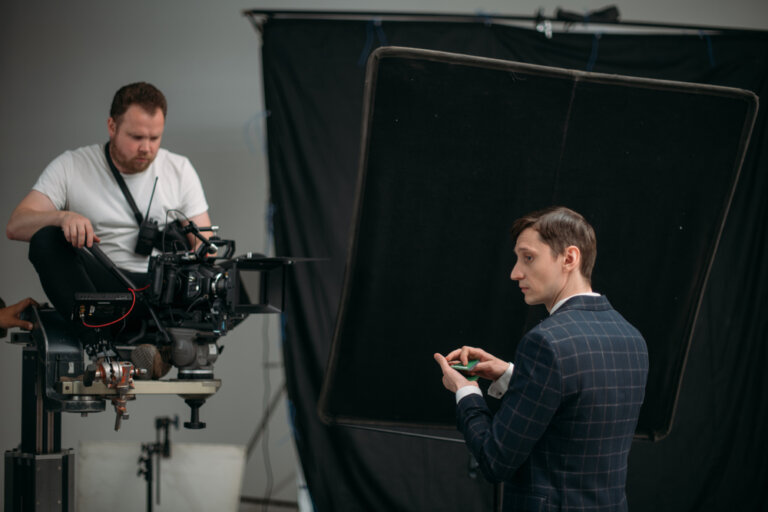When was the last time you utilized a proper warmup routine? While some actors are militant about it, others see it as a relic of 101 classes. Although a warmup routine may seem basic, it’s a classic, indispensable tool that grows with your craft.
Actors must reach deep, genuine emotional levels on little notice, sometimes under chaotic circumstances. They also need to bring characters to life in front of a green screen, in an audition room and without even the support of a scene partner.
The only way to give yourself a shot at achieving this consistently is to make sure that you are physically, vocally and emotionally warmed up. If you’re feeling lost or want to reset, here are some easy things to include in your warmup practice.
Insights: Things to Add to Your Warmup Routine
- Implement a full-body stretch routine, hitting all major muscle groups and finishing with dynamic movements for physical readiness.
- Practice vocal exercises daily to enhance articulation and vocal range, regardless of singing demands.
- Assemble an emotional trigger kit with music, images or textures to quickly access required emotions without causing harm.
Thinking about joining Casting Networks? Sign up for a free trial today!
A Full Body Stretch
Nothing beats a physical, full-body warmup. Creating a routine that works for you will take time, but a good way to start is by making sure you’re hitting all the major muscle groups.
The roll-down is a classic. Try rolling down your spine, piece by piece, until you’re hanging over from your hips like a rag doll. Do some stretches and gentle shakeouts down there before slowly rolling back up. From there, I like to start with head rolls and neck stretches, working my way down the body (shoulders and arms, lats and obliques, hips and legs).
Make sure to include some good joint warmups and back stretches in your warmup routine. Yoga is a great place to draw from. Cat-cow poses, for example, are an excellent way to warm up the spine. The more time and space you have, the more in-depth you can get. At the end of your physical warmup, try to include some more dynamic movements that get energy and blood flowing.
A Vocal Warmup Routine
Even if you’re not going to be singing, it’s important to warm up your voice and articulators. Start with some basic lip trills. Make sure to include vocal exercises that work out your range (siren sounds, for example), your breath and your facial articulators. Do several exercises for each before moving on to tongue twisters or other text-based exercises designed to work your facial muscles. Practice diaphragmatic breathing as well.
It’s good to have several standards in your back pocket to draw from when you need to activate a vocal performance in a pinch. Remember, the more you practice vocal warmups, the better your vocal range and vocal cords will be.
A Repertoire of “What-ifs”
For those times when you have to connect with material and reach emotional places quickly, it’s important to know your triggers.
You want to be careful here. Using real-life experiences to re-traumatize yourself is not a great idea, neither for your mental health nor for the sustainability of your career. However, knowing what inspires you emotionally is helpful. Knowing what kind of emotionally charged imaginary circumstances you connect with can help you build bridges to new material quickly.
You should also consider having a tool kit of sensory stimulation on hand. This includes music to play in your car or the audition waiting room (I always have earbuds handy), pictures on your phone or even swatches of textured material. If you’re looking to warm up emotionally without knowing what material you might have to connect with, try incorporating a playlist into your physical warmup. Anything that makes you feel emotionally open and inspired will do.
The good thing about establishing a proper warmup routine is that you will build muscle memory. Keep up with your warmup routine during dry spells, or when you’re not actively involved in a production.
Of course, there will be circumstances in which you won’t have the time or space to do a full warmup. However, if you’ve made warmup routines a habit, you’ll be able to create shortcuts for yourself, plan and reach the desired mindset quicker. A good warmup is a leg up, technically, artistically and emotionally. It only makes sense to give yourself that advantage.
You may also like:
